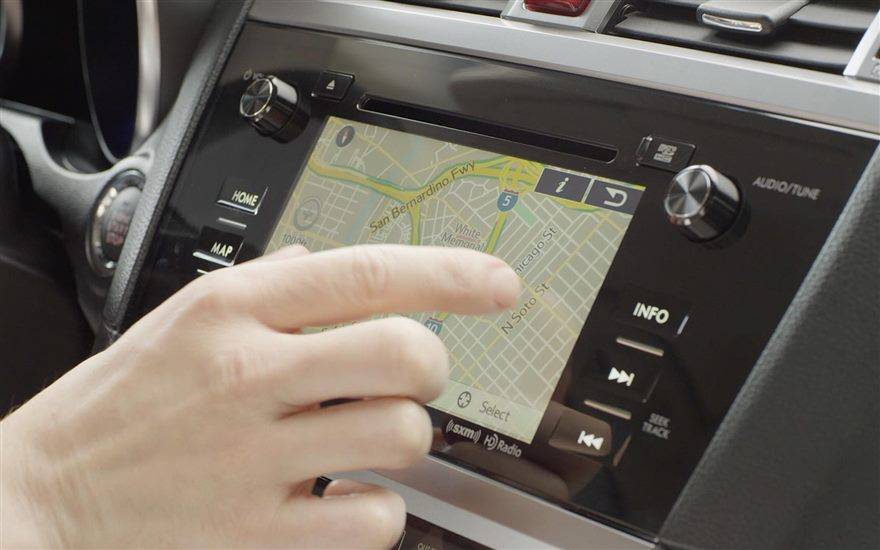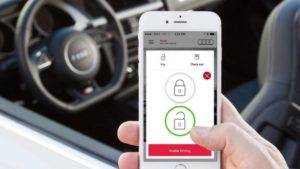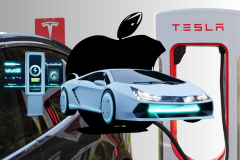With the collision of IoT and connected cars, we are also seeing a collision of technology and business models.
To understand more about this change in revenue models, we sat down with Brendan O’Brien, the co-founder of Aria Systems, a cloud billing and monetization platform
Brendan O’Brien: The reason IoT was of interest to us was because when we look at IoT and the available business models, what we see is are technology advances that blend themselves readily to recurring business models if you want to do it right. But all of that said there is still absolutely a lot of trepidation around this and it’s because a lot of companies can’t kind of wrap their heads around the business case.
What we’re talking about the origination of whatever the value that’s being delivered in a physical device. So more often than not people who are thinking about the physical device are those that are accustomed to building and delivering and selling physical devices. And if that’s the world you come from then that’s that by its very nature usually not a recurring revenue world.
Take the car manufacturers. Their systems, everything is built around that assumption, and that assumption is based on I am going to make my profit on that one high transaction and then after I do that I am going to incent people to go to the dealers so that the dealer can make some money on maintenance. And I am going to do what I can to send them updates on the next model year so I can woo them back into the dealership. But at the end of the end of the day, it’s simply not a recurring revenue business model.
ReadWrite: Well that’s because they see them as a product and not as a node.
BOB: That’s exactly correct and I love that phrasing. They do not see their product the way they should and the way they should is to see it as a barrier to entry, right? The value is going to be a lot once you woo the customer into a relationship that yields profit over time.
Now that sounds great that sounds very you know mom and apple pie but if you are centered around the notion that I have to build something that costs $42 dollars then I have to sell it for at least you know fifty dollars wholesale right? If that’s the way you think, wrapping your head around giving this thing away for free or make it a ridiculously low price point…this is very hard for a lot of organizations to get their head around.

RW: Why do you think that is, why do you think it’s so hard?
BOB: You know If you were the CFO of Volkswagen and the world is telling you hey connected cars, but all the KPIs around which you measured the health of your business are built around the fundamental notion of making margin on the sale of the vehicle. And all you’re telling people in Volkswagen who are talking about connected cars is to add more expenses or maybe d more hardware and cross my fingers that I am going to make money off the back end? it’s a hard pill for a lot to swallow. It requires KPIs for measuring the success of their business that is fundamentally different from the KPIs they’ve used up to that point of time.
RW: These aren’t just new products, they are new business and revenue models as well.
BOB: Here is a great analogy and it’s not an IoT analogy but it’s a shift from one-time sales into recurring revenue analogy is Adobe. In the software world, Adobe is the poster child of having the cojones to get into the recurring revenue business model. They simply said we’re no longer going to sell shrink-wrapped products and make our margin that way. We are instead going to let you come online offer you the same product the same capability but make money over time based on monthly or annual subscription.
They were punished hard for that, but their stock rebounded and everybody now agrees they made the right choice and so now every other manufacturer of traditional shrink-wrap software is scrambling to figure out how to get on that same gravy train.
But part of the problem also is there is no single silver bullet for monetization around any of this stuff, I am not smart enough or prescient enough to know exactly which monetization structure is going to work for exactly, which connected car product or exactly which IoT product. I don’t know what the market is going to require or like or hate today versus three years from now versus five years from now so the general advice is don’t limit yourself to one model.
RW: And with these new models you are taking old products that were sold as a single transaction and selling them as services. You even have tire companies realizing that they don’t really sell tires now, they can sell distance and have a recurring revenue relationship with their customers that way.
BOB: I love that and it’s relevant because we just signed Subaru as customers. I haven’t come around in terms of what we’re exclusively going to be recording for Subaru because it’s in a 2018 car model, and by the way that is part of the problem: OEMs in the connected car space have a very long development cycle by the nature of what it takes to roll cars out the market. And you do know they are thinking hard they are thinking faster moving fast unfortunately fast means 2018 right now…
RW: Yeah, there’s fast and there’s “car fast…”
BOB: Yeah, there’s “OEM fast.” And one of the things that the CIO of Subaru said when we were initially speaking to them is we at Subaru have to stop thinking of ourselves as a big iron company and we need to start thinking of ourselves as a data company. Unfortunately, the follow-up question is what do I do with the data? How is that data of value to me? And the example you gave is a great one. I’ll give you another one although I can’t name the OEM who’s doing this because it’s a coming feature but you know how progressive auto insurance offers you a device that you can plug into the OBD on a car?
RW: Allstate does it too.
BOB: Exactly it measures your driving habits, rates you as a driver on a continuum in terms of your safeness and then offers you discounted or potentially inflated rates based on the way you drive. So what one of the OEMs is doing is doing that themselves, they have obviously natively accessed the exact same data, pumped in that data into their own cloud performing that scoring analysis on the data and then for those customers that gain a good score reaching out to them directly and saying click right here you’re going to get a better rate from this insurance provider, this partner or this partner.
RW: So they are dis-intermediating the insurance companies?
BOB: That’s exactly right, they natively have access to the data by virtue of all the connectivity there already and the telematics data. All they have to do is come up with their own scoring algorithm, gather the data, come up with their own scoring algorithm and then they act as the gateway to those exact same attractive discount. You know nobody subscribes to this service they just got it for free and in exchange, they’re given a discount and when that discount is taken up this OEM gets a kick back from the providers, from the insurance providers. So expect the same model to extend to preventive maintenance from the dealers to tires to whatever analysis you’re capable of measuring. Which is pretty much everything.











